Carpet is considered one of the top Persian souvenirs to take home while paying a visit to Iran.
In the 17th century, some seventy Dutch artists included representations of Persian carpets in their paintings, mainly types originating in northwestern Persia, iranicaonline reported on the history of carpets in the world.
Persia has been renowned for its dyes for many centuries; in 987/1579, for example, an Englishman was sent to learn the secrets of dyeing wool and silk in the Persian manner, the encyclopedia added.

The most common design format in Persian carpets is a central field, known as ‘matn’ in Farsi, enclosed by a border, known as ‘hashiyeh’ in Farsi, of patterned stripes alternating with narrow bands of solid colors, the source further noted.
Medallion, ‘toranj’ in Farsi, cartouche, arabesque, bota (lit. ‘bush, shrub’), palmette (gol-e eslimi lit. ‘patterned’ or ‘arabesque flower’), and rosette are among the motifs which are common in both the fields and borders of Persian carpets.
Herati (lit. ‘from Herat’), Minakhani (literal meaning unknown, possibly derived from a proper name), reciprocal-trefoil, S-stem, and Shah-Abbasi (lit. ‘of Shah ʿAbbas’) are among the most frequent patterns on Persian carpets.
The two basic types of knots found in Persian carpets are the symmetrical and the asymmetrical both of which may be open either to the right or, more commonly, to the left.
In earlier carpet literature the symmetrical knot was generally called the Turkish or Ghiordes knot: among Persians in the trade the technique of knotting carpets in this fashion is commonly known as ‘torkibaf’. The corresponding terms for the asymmetrical knot are Persian or Senna and ‘farsibaf’.

The loom (dastgah, lit. “equipment,” dar, lit. “pole”) is the frame upon which carpets are woven.
In Iran, looms may be set up either horizontally or vertically. The ends of horizontal looms (‘ru-zamini’ in Farsi) are usually pegged to the ground, and sometimes the sides are also supported. They can be quickly dismantled and easily transported and are thus favored by nomadic peoples. More commonly used is the vertical (‘divari’ in Frasi) loom, the upper and lower beams of which are either linked by two upright poles or posts or are fitted into holes in the side walls of the workroom (kargah in Farsi).
Features of carpets in Kerman
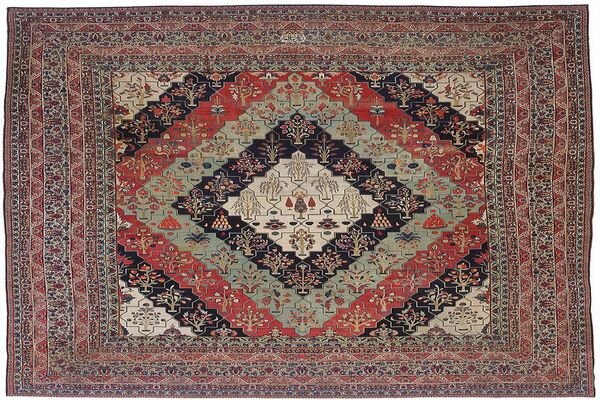
The distinctive rugs called vase carpets (because of the flower vases in their designs) are generally thought to be from Kerman, Britannica reported.
Kerman carpet has been the origin since the 16th century of highly sophisticated carpets in well-organized designs. To this city is now generally attributed a wide variety of 16th- and 17th-century carpets, including vase carpets; rugs with rows of shrubs; arabesque carpets; the finest of the garden carpets; and, on the basis of constructional similarities, a group of medallion carpets with animals, according to the encyclopedia.
All of these had asymmetrical knotting on cotton warps, with stiff, heavy woolen wefts pulled straight and silk or cotton wefts between left relatively slack. The result is a “double-warped” carpet, the warps of one level lying almost directly behind their neighbors. The color schemes are among the richest and most varied found in Persian carpets, the source added.
A revival of carpet weaving became noticeable toward the end of the 19th century, and Kerman rapidly developed into one of the most important carpet industries in Iran.
Traditional skills of carpet weaving in Fars
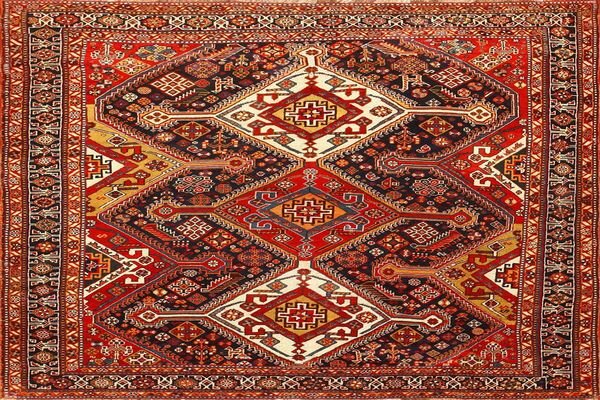
‘Traditional skills of carpet weaving in Fars’ was inscribed on the Representative List of the Intangible Cultural Heritage of Humanity in 2010.
Iranians enjoy a global reputation in carpet weaving, and the carpet weavers of Fars, located in the southwest of Iran, are among the most prominent.
Wool for the carpets is shorn by local men in spring or autumn. The men then construct the carpet loom while the women convert the wool into yarn on spinning wheels.
The colors used are mainly natural: reds, blues, browns, and whites produced from dyestuffs including madder, indigo, lettuce leaf, walnut skin, cherry stem, and pomegranate skin.
The women are responsible for the design, color selection, and weaving, and bring scenes of their nomadic lives to the carpet. They weave without any cartoon (design) – no weaver can weave two carpets of the same design. Colored yarn is tied to the wool web to create the carpet.
To finish, the sides are sewn, extra wool is burned away to make the designs vivid, and the carpet is given a final cleaning. All these skills are transferred orally and by example.
Mothers train their daughters to use the materials, tools, and skills, while fathers train their sons in shearing wool and making looms.
Carpet weaving in Kashan
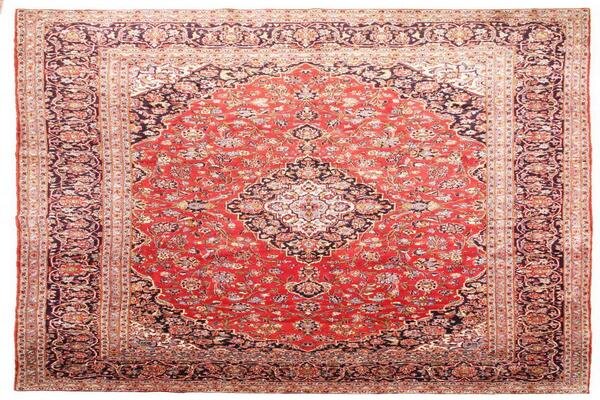
According to Britannica, costly silk carpets with figure motifs (such as the silk hunting carpet in Vienna’s Austrian Museum of Applied Art) were probably woven in Kashan, Iran’s silk center.
‘Traditional skills of carpet weaving in Kashan’ was inscribed on the Representative List of the Intangible Cultural Heritage of Humanity in 2010.
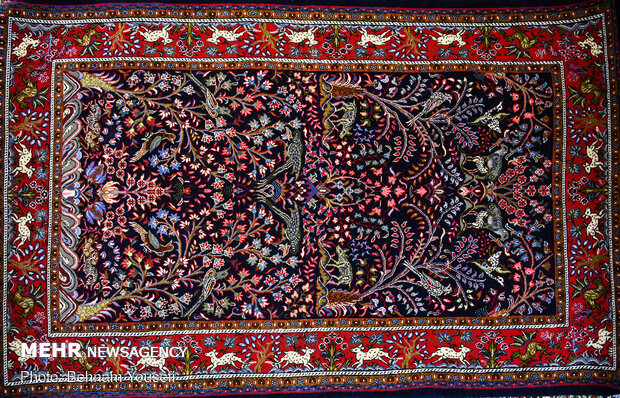
Carpet Museum of Iran
The Carpet Museum of Iran was opened in Tehran on February 11th, 1978. The museum is considered an excellent source of research about carpets for all culture and art lovers. In this interesting museum, you will see loads of different types of Persian Carpets. Look at the pattern, each one is telling you its very own unique story in the shape of knots, treads, and colors.
Tabriz Carpet Museum
Tabriz which is located in northwest Iran was declared a world craft city of carpet weaving by the World Craft in 2016.
Construction of a carpet museum in Tabriz is complete by 70 percent, according to the provincial tourism chief.
The museum is estimated to be inaugurated by 2025, Ahmad Hamzehzadeh added in mid-January.
Reported by Tohid Mahmoudpour

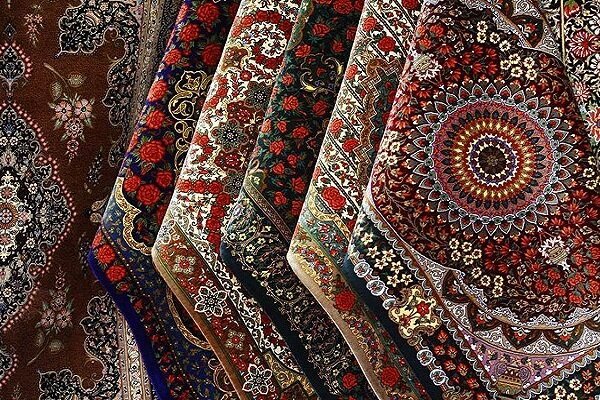

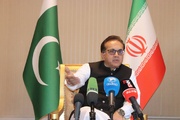


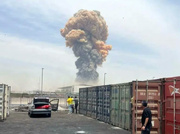








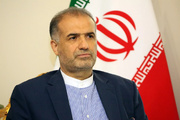




Your Comment